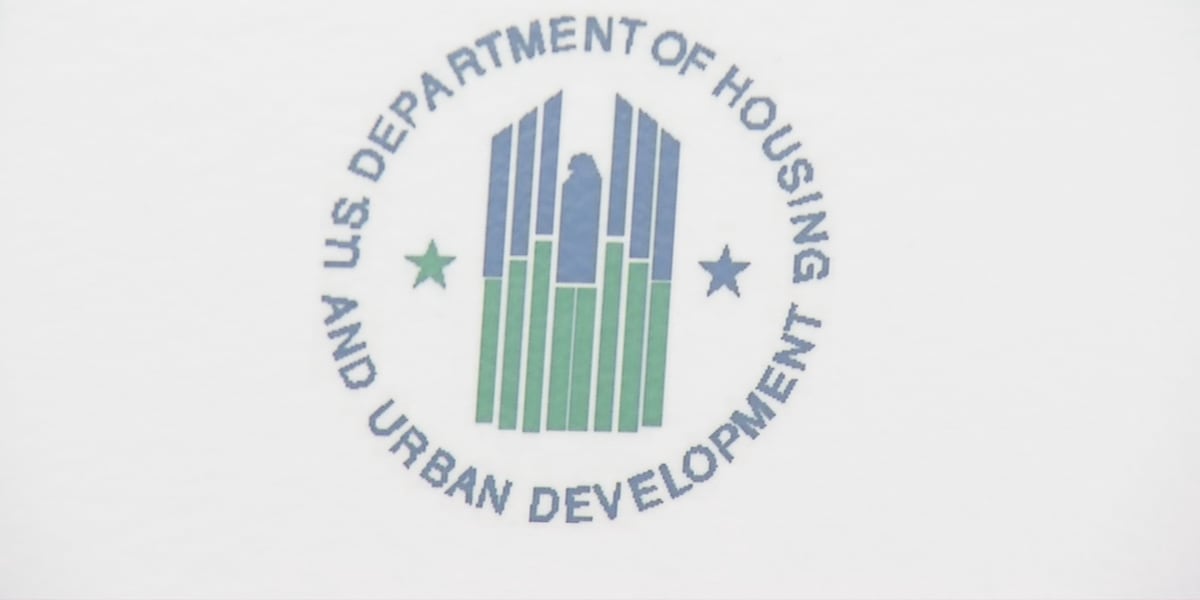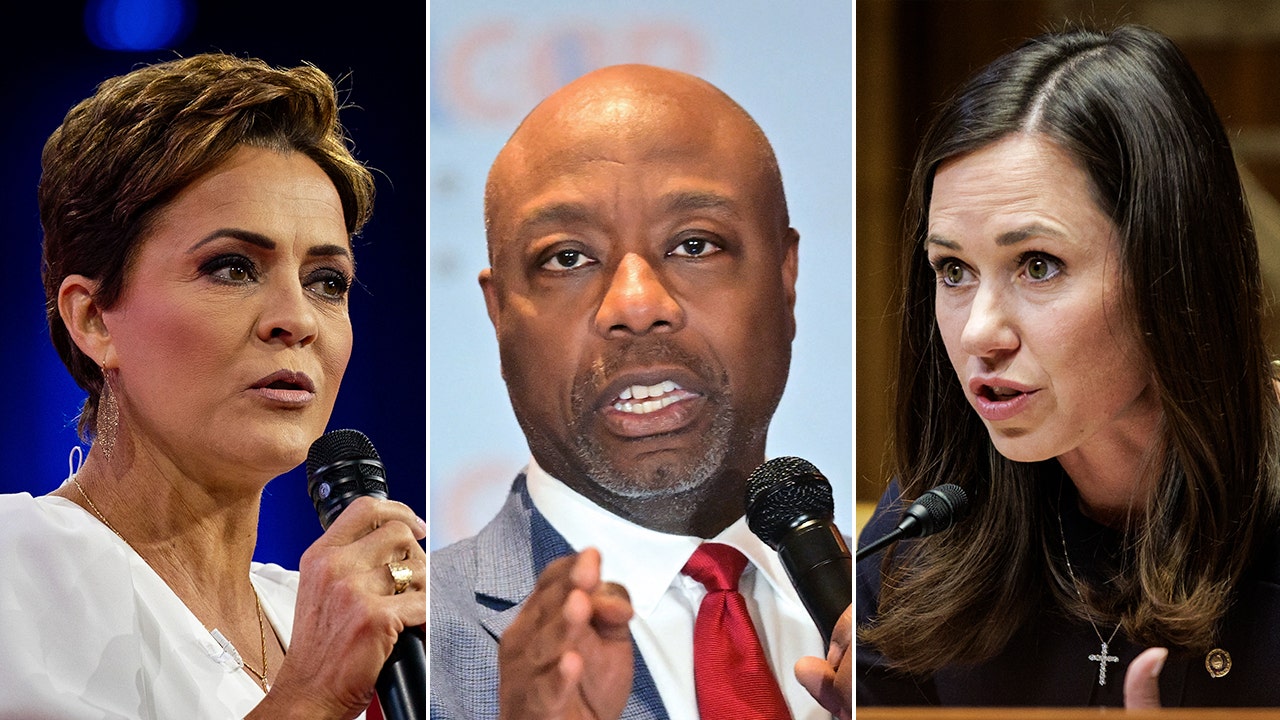FRANKLIN COUNTY– As winters warm, Vermont’s maple trees are under threat from a revolving door of future concerns and dangerous invasive species.
“If you’re in the business of having a forest, it’s tough,” said Jason Gagne, a Highgate sugarmaker and vice president of the Franklin County Sugarmakers’ Association.
According to the Vermont Department of Health, the state has seen an increase in temperature of four degrees in the winter and two degrees in the summer since the 1960s. As the climate shifts, spring is beginning two weeks earlier while winter is starting one week later than it was previously.
As the climate changes, species which prefer warmer areas may be drawn up into more northern, historically cooler areas as they expand their territory. Non-native species which prefer these warmer climates can move into an area, like Vermont, which does not have natural protection against these non-native species, and decimate the ecosystem.
Invasive species can be brought by humans intentionally or unintentionally, or can be spread through migration during changing climate patterns.
There are people monitoring the situation, however, powering through to help strengthen Vermont’s forest health. From state-level experts and specialists to conservation groups at a regional level and conservation commissions at the local level, people are working together to protect the forests.
Warming weather and maple
Vermont has led the U.S. in maple syrup production since 1916 with only two years having been out-produced by other states. Maple production is huge economically for the state, but also culturally, as sugarmaking is often a family tradition, passed down generation to generation.
Since the 1990s, maple syrup production has continually increased, while at the same time Vermont has become one of the fastest warming states in the U.S.
Warmer temperatures mean maple trees are beginning to have a shorter window to tap into. From 1965-2015, Vermont lost about 3.3 days of the sugar production season. This variability in winter climates and shorter sugaring seasons can cause periods of insufficient maple production and threats from invasive species.
Mark Isselhardt, maple specialist for the University of Vermont Maple Extension, said the threats to the maple industry are multi-faceted.
“Those conditions that encourage or discourage a good run of sap are not evenly distributed across the season,” he said. “It’s pretty random but can have a huge impact on the total yield. It can be the difference of a couple degrees that can make a big difference whether or not sap runs.”
Isselhardt said as the temperatures have warmed, he’s seen sugarmakers begin tapping trees in December and January – a month or two before the traditional sugaring season begins.
Over the past few years, Vermont maple farmers have seen the difference between too warm a season and too cold a season. 2022, for example, was widely viewed as a strong production year, as temperatures were ideal, Isselhardt said. But in 2023, temperatures warmed up and were followed by a prolonged cold snap, which hurt the overall yield.
Gagne and many other Franklin County sugarmakers have experienced first-hand warmer temperatures impacting local maple syrup production.
“April can be very warm and it can produce a lot of syrup or zero,” Gagne said. “This year, we made very little syrup in April. It was just too warm in March and the trees kind of shut down for us.”
Sugarmakers have to be prepared for a random change in temperature, or a “mother nature curveball,” he added.
Warming during the sugaring season can cause a blockage tapping the trees. The taps inside the trees create a perfect mix for a microbial environment, Isselhardt said. This activity can create a blockage which cuts off the tap and completely stops production from the tap.
Looking into the future, Isselhardt said the growth of new maple trees could be harmed by warming temperatures.
“A sustained warmth period that promotes an early exit from dormancy and then late frosts can cause damage to young trees,” he said. “A late frost isn’t going to kill, but it will delay trees’ ability to photosynthesis and rebuild stores of energy.”
Longer-term threats are slower to play out. Vermont may have a good amount of trees that will not disappear right now, but Isselhardt said the concern is a generational shift down the line.
Damage to an old sugar maple that had already developed some decay around a weak branch junction.
“Sugar maple tends to be categorized as a ‘Goldilocks’ tree,” he said. “It thrives in a specific type of soil. Some places where sugar maples are growing are not on the most ideal site, so if you combine that with some other threats you might see, over time, sugar maple struggling to thrive through individual tree growth or requirements for next-gen tree growth.”
Maple trees rely heavily on cold winters to have a competitive advantage over other species. Isselhardt said warmer temperatures could invite species both known and unknown to take advantage of the maple seeds waiting to start growing.
Josh Halman, forest health program manager for the State of Vermont, said the warming temperatures can create a way for invasives to latch on to sugar maple trees.
“There is a lengthening of the growing season we’ve seen in sugar maple,” he said. “Those conditions can increase success for those invasive species and further their presence in the state.”
The impact of invasive species
Invasive species that directly attack maple trees and those which harm the forest around them are monitored closely by the UVM Maple Extension program.
Jumping Worms, for example, while not a direct attack to maple trees, harm the ideal soil conditions the trees need to thrive and grow in. The worms, which have been seen in 12 of Vermont’s 14 counties – including Franklin County – consume organic material, like decaying leaves and twigs, making it difficult for maple seedlings to get established.”
“They change the environment in the soil to the point where sugar maple struggles to regenerate,” Isselhardt said.
There are very few pesticide applications available for maple trees. When new invasive species show up, maple producers are going to have a difficult time controlling the fight.
Gagne said he’s always worried about the next invasive. The elm tree has almost completely been wiped out, ash trees are falling, and Gagne said he’s worried maple is next on that list.
“I’m very worried maple could be the next one,” he said. “There’s nothing on the radar right now, but that doesn’t mean in five years from now they couldn’t attack maple.”
From an individual sugarmaker’s perspective, Gagne said warming temperatures and invasive species can compound stressors the trees already feel.
“Not all will survive because they are so stressed out,” he said. “If it was a dryer year and you tap it, that’s another stress, if there’s more, then the tree won’t make it.”
Maple farmers are also keeping an eye out for two other invasives: the Spotted Lanternfly and the Asian Longhorned Beetle. Both insects are attracted to sweeter saps and warmer conditions, putting maple trees as a prime point of interest.
The Spotted Lanternfly has made it as far north as Maine, with three making it to Vermont in 2021 before being killed and yet to return. ALB is currently in quarantine in central Massachusetts where it continues to be an invasive species to the area and is under constant watch by the USDA and Vermont officials.
This past January, maple producers were told to check their trees in case of ALB infestation, but no beetles were found in the state.
Community efforts underway
While the future may look alarming, there are ways Vermonters and maple producers can work together to help safeguard the state’s forests.
For maple producers, Isselhardt said the diversity of a forest could be important in defending sugarbushes from some impacts.
“We know in general a more diverse forest can mitigate stressors and sugar producers can retain another 25% of non-sugar maple, which appears to be important in lessening the impacts,” Isselhardt said. “It’s not just species diversity, but also encouraging multi-age forests. Not all the same aged trees but actually encouraging complexity and so there’s a range of ages.”
A range of young, medium and old maple trees is protection in case of a disturbance. If a tree falls down or is removed for example, nothing else will be able to take advantage of an opening in the canopy if a different aged maple tree can take its place.
With new technologies, Isselhardt said it’s important to look at the traditional sap collection methods and update them for the future.
“That ideal sugarbush image in the past used to be really big, widely spaced trees with really nothing else around,” he said. “That made a lot of sense when you had buckets as your only means of collecting sap, but with tubing it really changes it and now you can focus more on having a more robust, resilient forest.”
Understanding where the maple industry is heading remains hard work with complex systems and modelings. Doing good work now to promote forest health for the future is important and gives the trees the best position for resisting future damage.
The Franklin County Sugar Makers Association is always watching for threats, Gagne said. Members look after each other’s backs and monitor threats. He said they are happy to continue seeing Vermont’s success at the top of the maple-producing states.
“We’re always very active at the association level getting ahead of everything, but overall, maple is very strong in Vermont right now,” he said.
Community efforts also play an important role in keeping Vermont’s landscape as healthy as possible.
In Franklin County, conservation commissions in Georgia and Richford as well as other towns make efforts to remove invasive species in their respective areas, though it can be challenging to do so.
“It’s very easy to spot invasive plants once you know what they look like. In fact, once you learn about them you will see them everywhere,” Alysia Catalfamo, chair of the Georgia Conservation Commission, said. “Removing them is much harder.”
Catalfamo said the combination of physical labor and insecticide makes the removal a long process, and it makes it even harder to remove the species around town.
As a warming climate impacts Vermont, she said the foothold of invasive species in the lower parts of the state have begun moving up toward Georgia. Although they can find some nests or seed producing trees and get rid of them, the impact is already around.
But individuals can make a difference by being vigilant and checking their properties for invasives and quickly removing them.
The conservation commission also holds events to raise awareness and remove the invasives. As they battle an invasive plant, Buckthorn, the commission will have a Buckthorn “party” event in the fall where Catalfamo said the community is welcome to come and help pull out the plant.
Richford Conservation Commission Chair Annette Goyne agrees. She said with support from the community and town, the fight against invasives can move quicker.
Goyne said they have seen evidence of the Emerald Ash Borer spreading around Vermont and decided early on to make an action plan. She said meeting with the Town Road Crew and selectboard, the commission was able to make swift decisions in hopes of protecting their ecosystem.

A map of the counties in Vermont affected by Emerald Ash Borer infestations.
Goyne said over the winter, the road crew took down some of the trees vulnerable to the Emerald Ash Borer, mostly in South Richford, but left some remaining.
“There are still many private landowners with healthy ash trees and younger trees, and the hope is that some will out last this invasive species and replenish our ecosystem eventually, but in most of the country, this beetle has really wiped out the ash trees, so time will tell,” she said.
Other efforts come from conservation groups like the Missisquoi River Basin Association, which works tirelessly in their efforts across the river to keep the landscape healthy.
MRBA field coordinator Sarah Lunn said their project to fight invasive Japanese Knotweed began in 2020 and has continued since. The plant spreads so easily it is often easily seen across Route 7 in Franklin County.
The most effective part of the removal project has been community outreach. Lunn said she works with landowners around the Missisquoi River who email her and help them learn removal and prevention methods.
“I think the number one thing about invasive work is making sure people are informed about it,” she said. “A lot of invasive work doesn’t get lots of funding for conservation so a lot of this work takes lots of volunteer work.”
Halman doubled down on that message and said one of the most important parts to creating a healthy forest is having an informed public.
“The number one thing is education and making the public aware of the species that are out there, prevent the introduction and what to do if they find it,” he said. “It’s just as important to provide info on how to manage them when they do show up.”
Volunteer efforts do not just come from local towns and villages but also through a more statewide approach. The Forest Pest First Detectors program consists of community members around Vermont who are the first people to notice invasives and report them.
Vermont relies on testing from inside and outside the state, while also looking towards Vermonters to help report and identify invasive species.
The LIEP Invasive Species Program helps Vermonters locate, identify and prevent future invasive species and the public is encouraged to report an invasive species finding and location using the VT invasives reporting tool.































